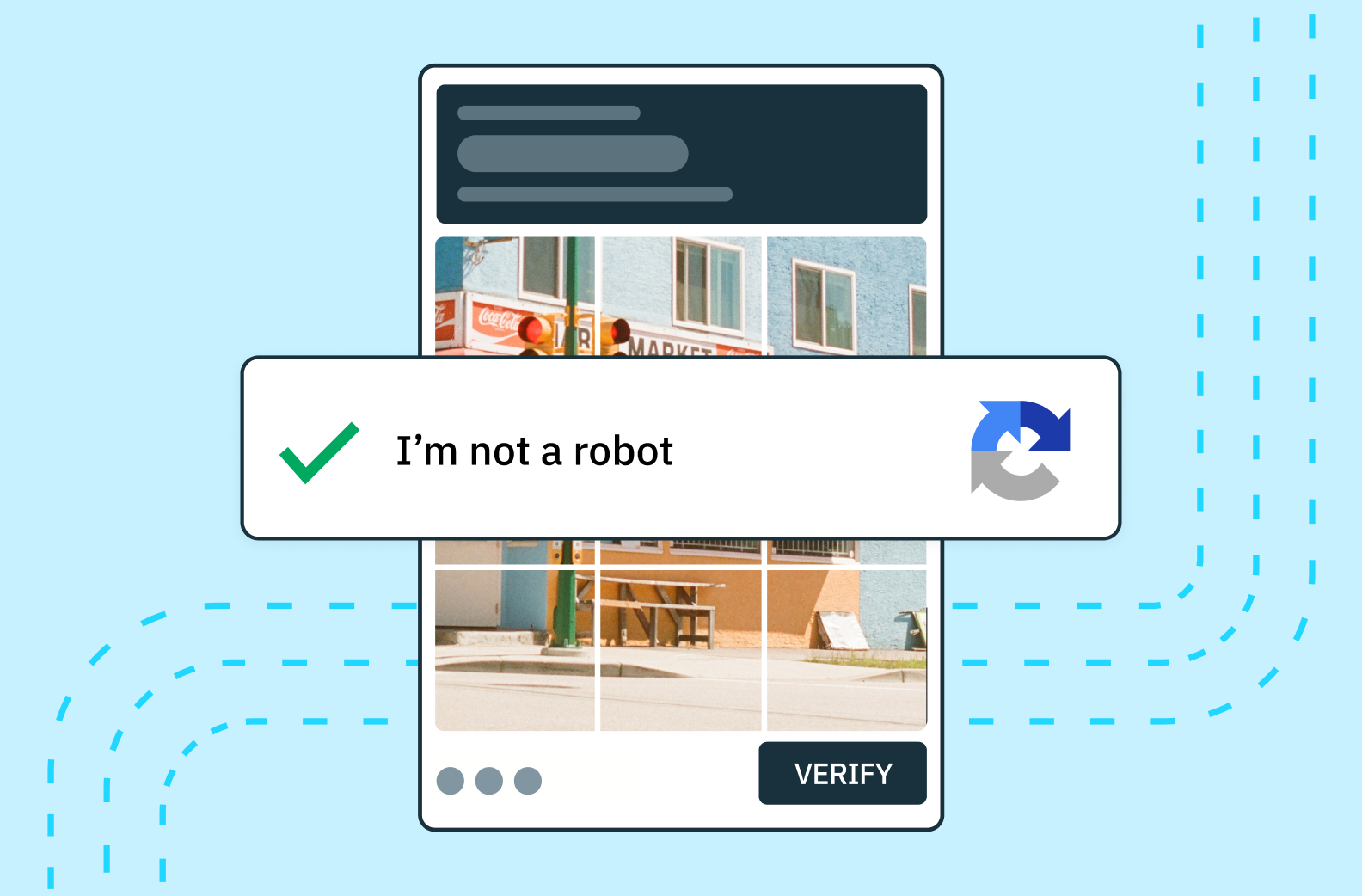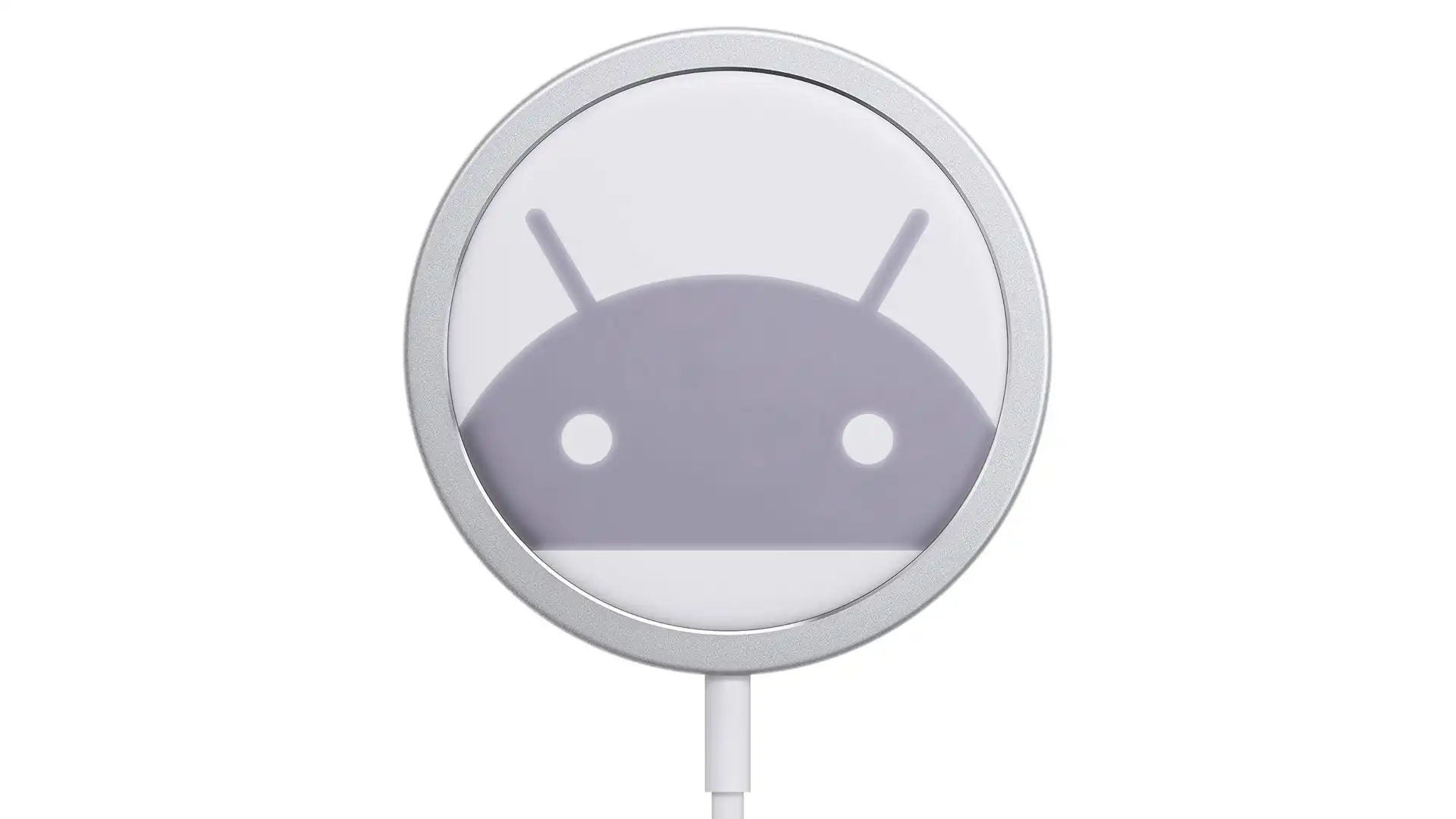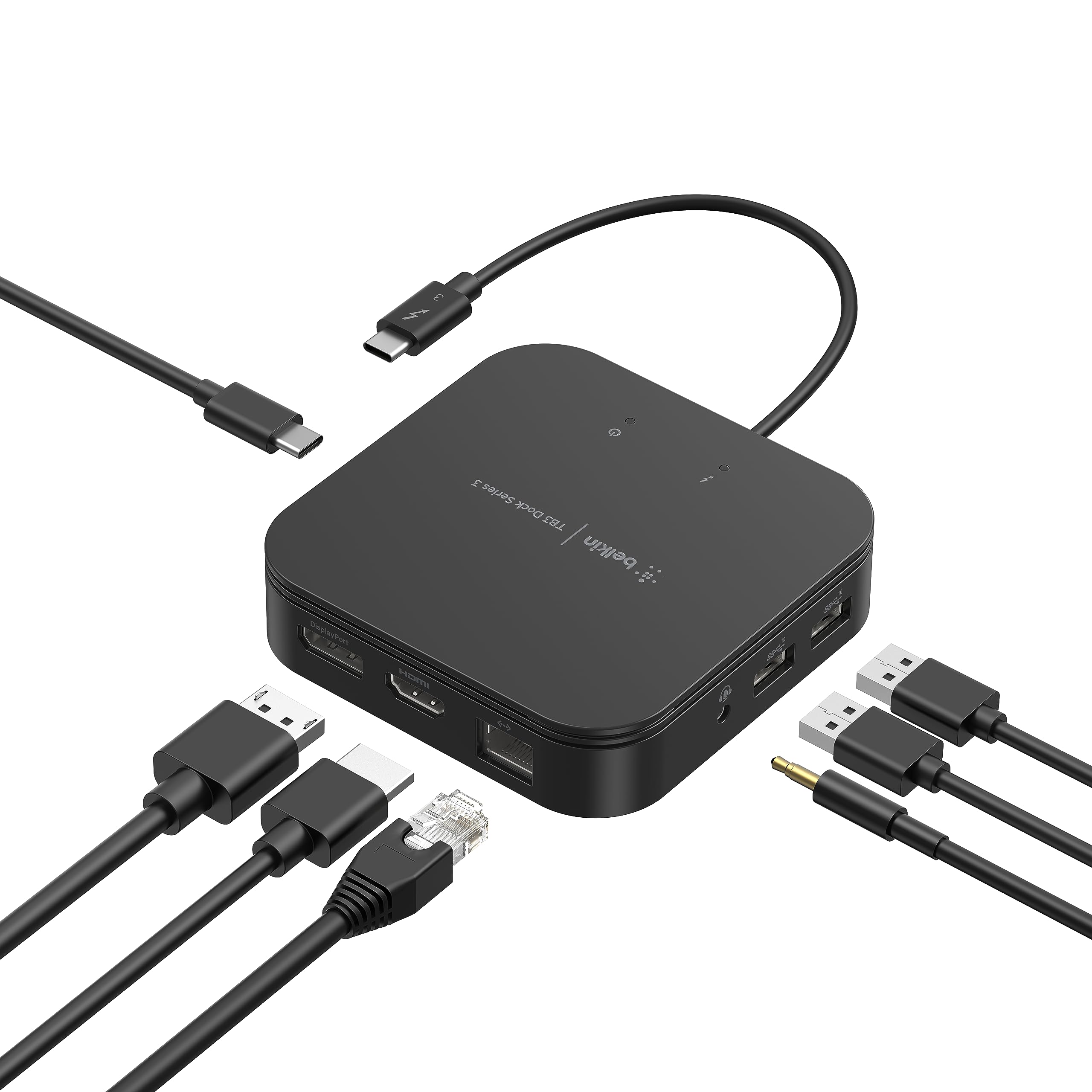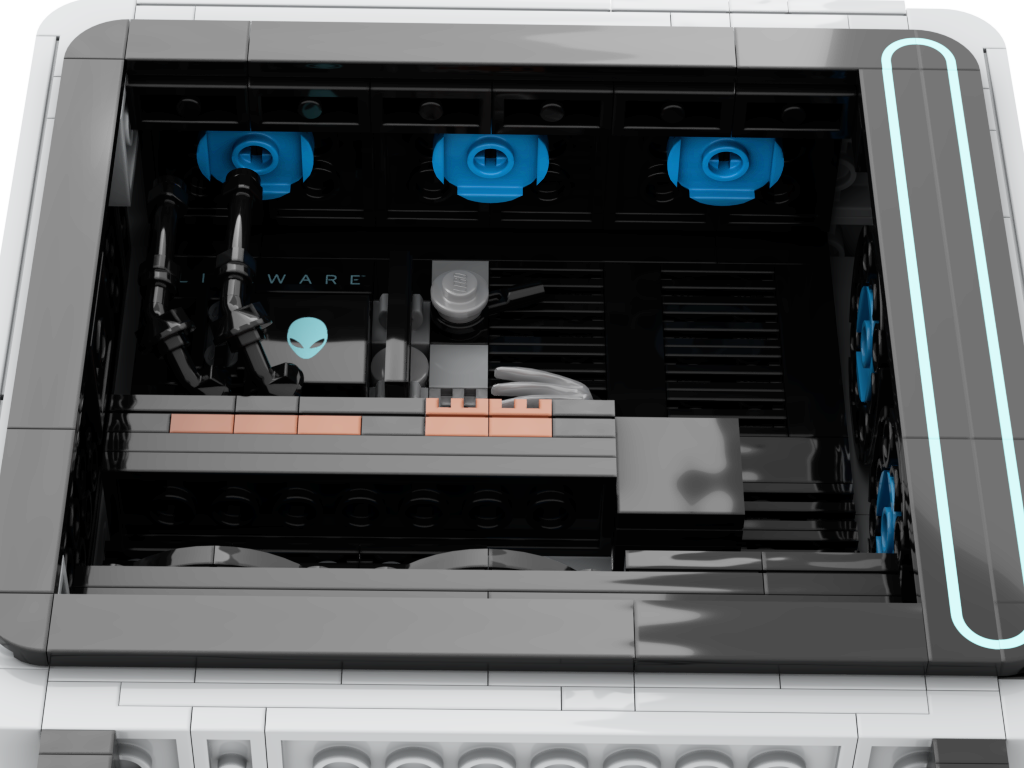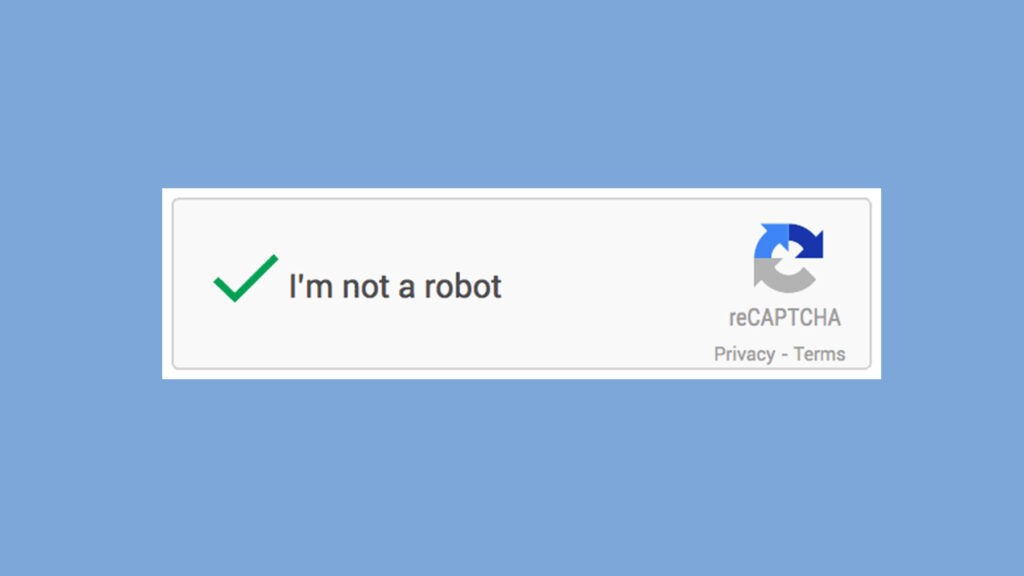
Everyone is familiar with the CAPTCHA tests on websites where you’re prompted to click on images of cars, traffic lights, or bicycles, enter a jumble of letters and numbers, or simply check a box to confirm you’re not a robot. These tests can be frustrating, especially when multiple attempts are needed to pass.
But have you ever wondered if a robot or AI could also pass these tests? How does CAPTCHA determine that a human is on the other end? And what exactly does CAPTCHA stand for? Let’s unravel this mystery.
What does CAPTCHA stand for?
CAPTCHA stands for “Completely Automated Public Turing test to tell Computers and Humans Apart.” It refers to an automated Turing test designed to differentiate between humans and computers.
The term Turing test was coined by Alan Turing, a British mathematician and computer scientist, to describe methods used to assess whether machines can think and act like humans. Turing tests are also applied to evaluate AI for creativity and self-awareness.
Since 2000, CAPTCHAs have been used to intercept and filter out bots on websites, preventing spam and automated purchases by bots. The name sounds similar to “capture” because it aims to catch and exclude non-human entities.
How does a CAPTCHA test work?
CAPTCHAs are simple but require you to complete a task. This might involve recognizing and entering distorted letters and numbers or identifying patterns in images, such as traffic lights, bridges, or animals. The tasks are randomized to prevent repetition, making it harder for bots to bypass the system.
In the past, CAPTCHAs were challenging for computers to solve due to the need for specific algorithms to reliably recognize patterns. However, advancements in AI have enabled bots to solve these tests more easily.
So, how does CAPTCHA know that I’m not a robot?
The solution lies in tracking mouse movements. Modern CAPTCHAs use movement tracking to monitor cursor behavior. Human cursor movements are irregular and vary in speed, while bots typically click on CAPTCHA elements in a straight, predictable line. Websites can detect these differences and block bot access.
Sometimes, you might need to click a box that says “I am not a robot” and solve a more complex CAPTCHA if your mouse movements appeared too “robotic.” To ensure you’re recognized as human, try making more varied cursor movements next time.

